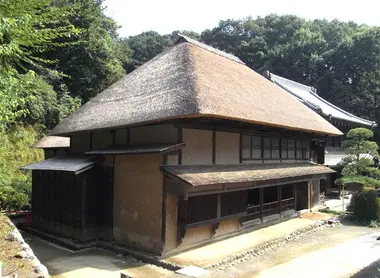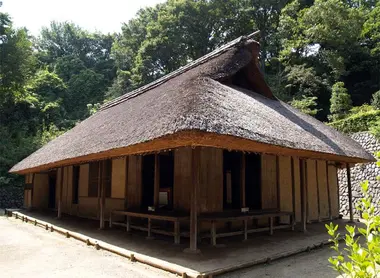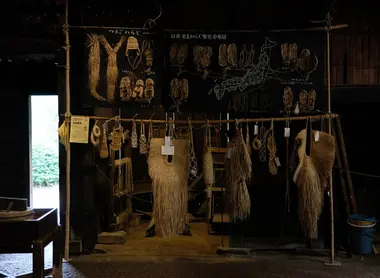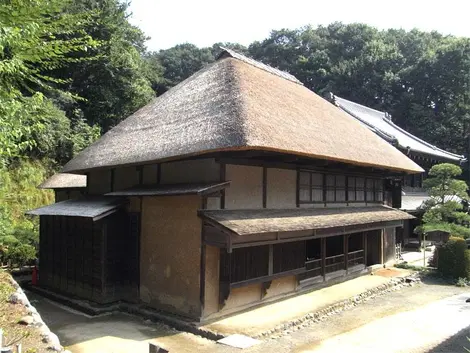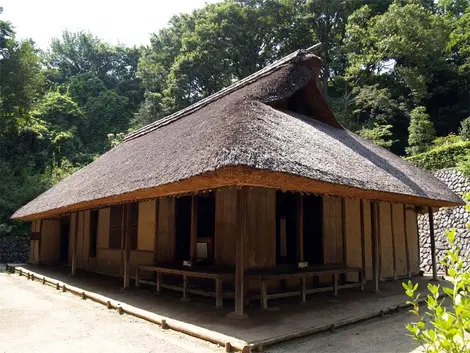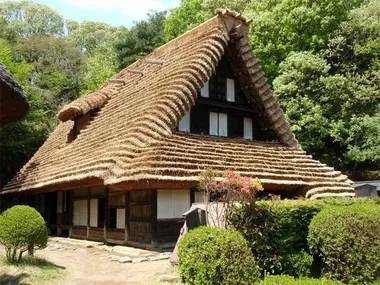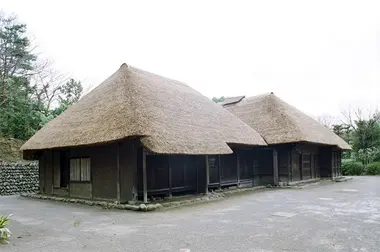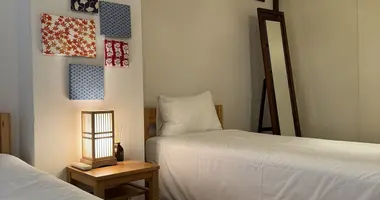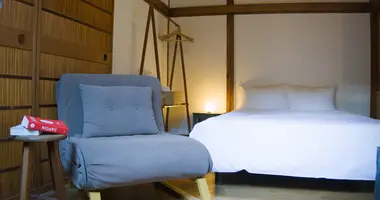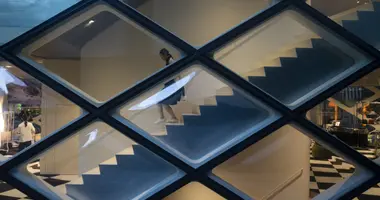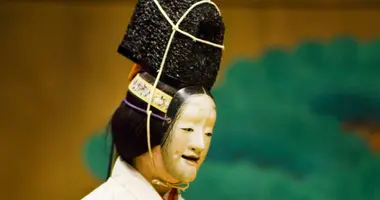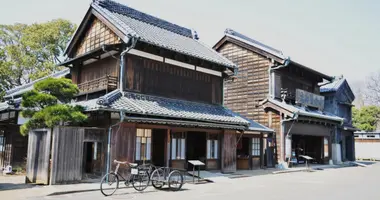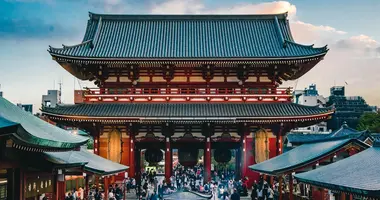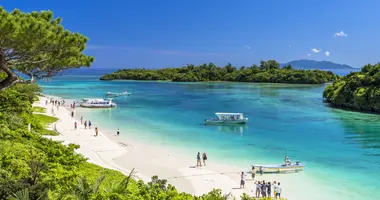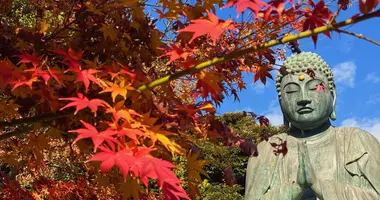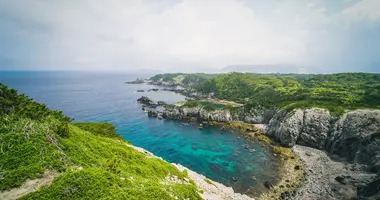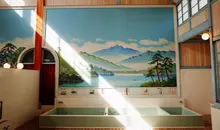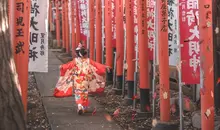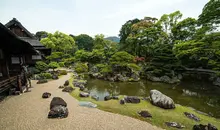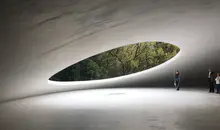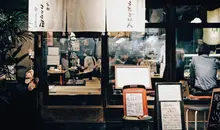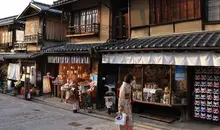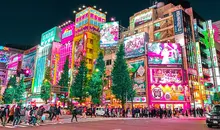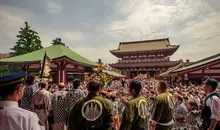The Nihon Minkaen 日本民家園
- Published on : 29/03/2018
- by : S.V.
- Youtube
Conservation of rural heritage
In Kawasaki, the Nihon Minkaen park-museum preserves about twenty traditional houses from the Edo period in the middle of nature. A very fine example of the preservation of Japan's rural architectural heritage.
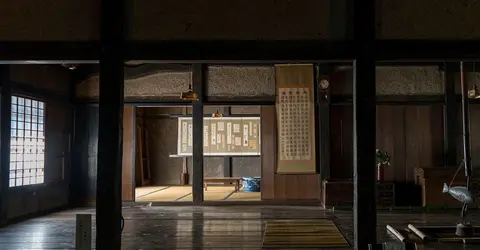
The minka is organized around the hearth
https://bunkaisan.exblog.jp
The will of men
In 1955, Kinya Sekiguchi, a 4th year architecture student at the University of Yokohama, conducted research on the rural architectural heritage of Kawasaki for his graduation thesis. He noticed the house of the Ito family, a minka with a thatched roof from the end of the 17th century , and made the municipal authorities aware of the essential preservation of traditional houses. In particular, he alerted Ryonin Furue, who works to protect Kawasaki's cultural property. In May 1964, the steps of the two men succeed: the Ito house is classified as an important cultural asset of Japan . In an ambitious project, Mr. Furue wishes to transfer the minka to a park-museum in Kawasaki in order to preserve them and avoid their possible dispersion throughout the archipelago. This museum located on the hills of Tama in the heart of the forest, the Nihon Minkaen, was born in 1967 . The safeguard of the Ito house having led to the creation of the museum, it is logically the first minka to be moved there. For the little anecdote, at the opening of the Nihon Minkaen in April 1967, no visitor showed up the first day to admire the three minka installed in the park. But this has fortunately changed a lot: the Nihon Minkaen now welcomes more than 100,000 tourists every year!
Minka from different regions
Just over 50 years after its inauguration , what can you see there? The city of Kawasaki has recreated a real village of about twenty historic buildings dating from the 17th to the 19th century such as minkas , merchants ' houses, a water mill, a stall on stilts, a ferryman's hut river, a kabuki scene… The houses with architectural styles characteristic of a region or an era are divided into five distinct zones.
In the first area, presented as a relay town ( shukuba ) located along one of Japan's main roads such as the Tokaido or Nakasendo, the Suzuki house is a thatched-roof inn from the beginning of the 19th century. It welcomed horse dealers and their animals going to auction sites in Fukushima prefecture. In Shin'etsu no mura (village in Nagano and Niigata areas), Sasaki House and Emukai House are both listed as Important Cultural Properties of Japan. Built in 1731 , the Sasaki House with a roof similar to a samurai helmet is in the kabuto-zukuri style . As for the Emukai house, it is a gassho- style farm whose roof recalls the hands joined during prayer.
The distinctively roofed Ōta house in the Kanto area is an outstanding example of the buntō style. In the village of Kanagawa, the Kitamura house is one of the most important minka in the archipelago due to its very beautiful architecture dating precisely from 1687 . Finally, in the Tohoku area, there is the oldest magariya (farm with stables) still existing in all of Japan, the Kudō house. Most of the buildings, open to the public, give an insight into the life of the population in the Edo period (1603-1868) . The tools, furniture and machines present are additional testimonies of the lifestyle led in the ancient Japanese countryside.
Craft activities
The Nihon Minkaen also offers throughout the year events related to traditional culture such as festivals, craft workshops (wickerwork and bamboo, weaving, indigo dyeing), ancient games, readings of popular tales in regional dialects , performances of kabuki. These are set in an ancient rural scene from the late Edo period originally located in the Shima Peninsula. It has all the traditional mechanisms and can accommodate quality performances. For those who would like to learn more about the construction techniques, the materials used, the different uses of these ancestral buildings and the history of the museum itself, the exhibition hall awaits you. Thanks to the will of two men and the preservation policy of the municipality of Kawasaki, a whole regional rural heritage is superbly preserved and enhanced on its original lands .
To read: The art of indigo dyeing
Address, timetable & access
Address
Phone
+81 (0)44-922-2181Timetable
Mukogaoka Yuen Station (Odakyu Odawara Line) or Noborito Station (JR Nambu Line)Price
Adult: 500 yen (3€80)Child: freeAccess
March to October: 9.30 a.m. to 5 p.m. November to February: 9.30 a.m. to 4.30 p.m. Closed on MondaysWebsite
http://english.nihonminkaen.jp/
